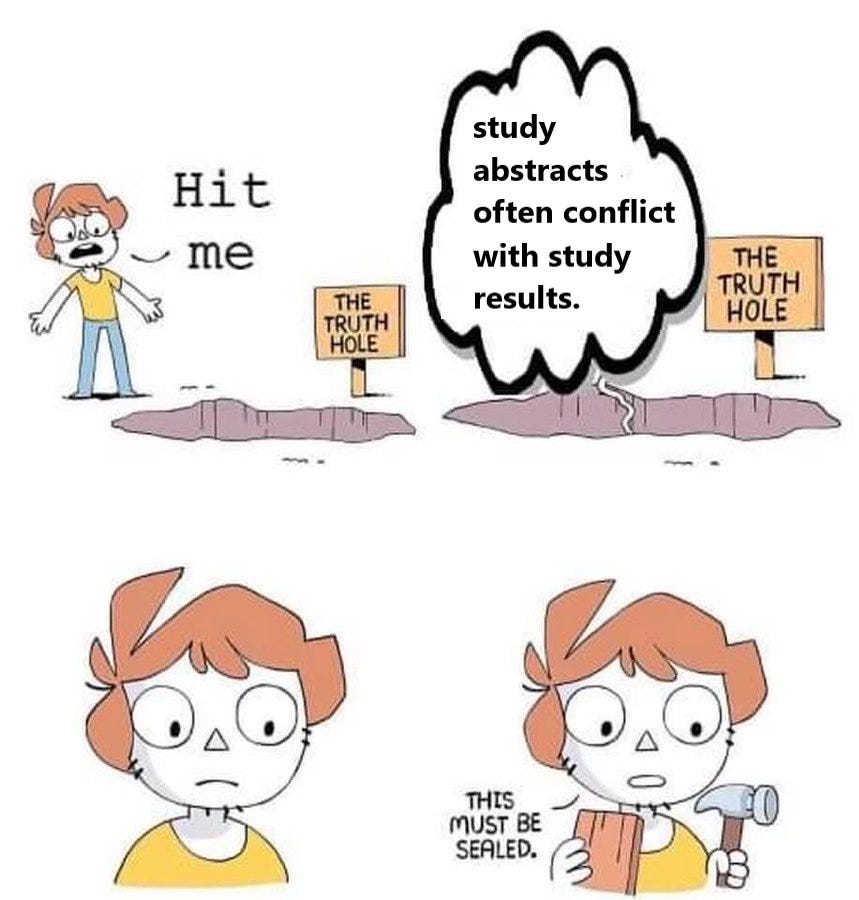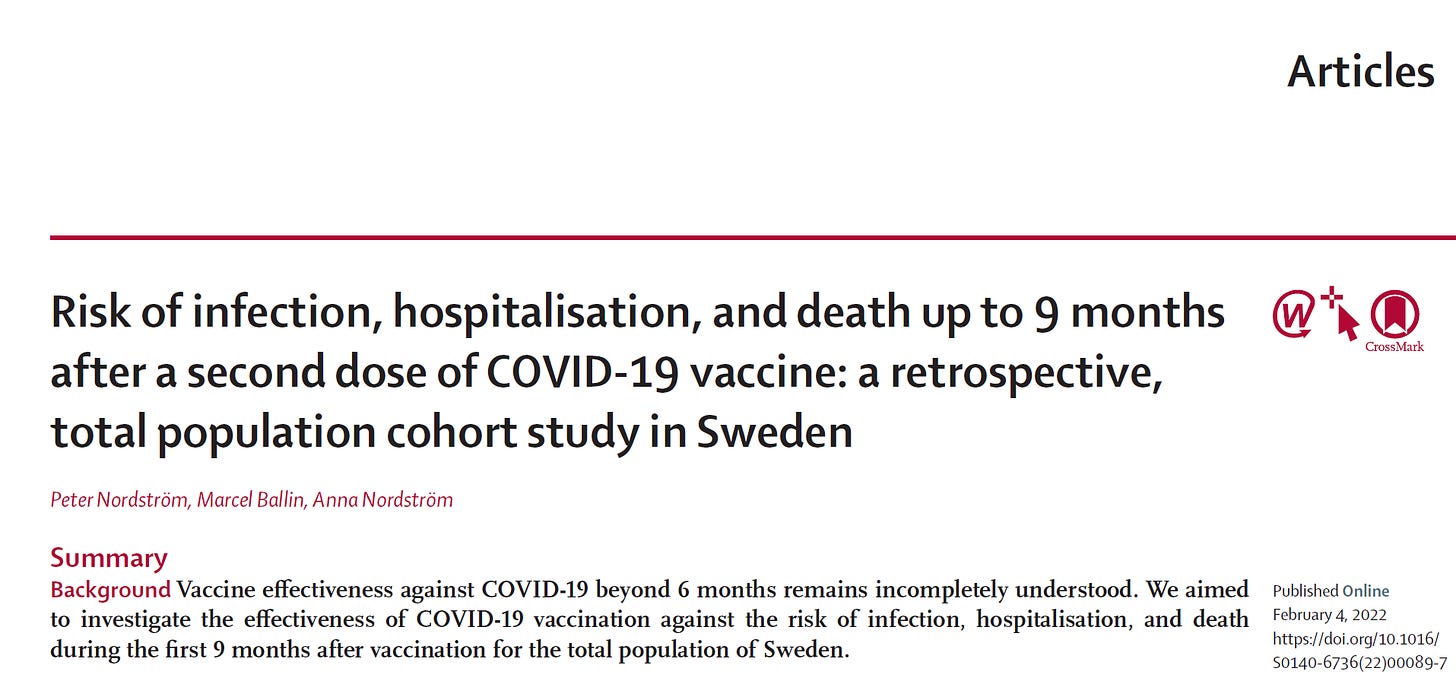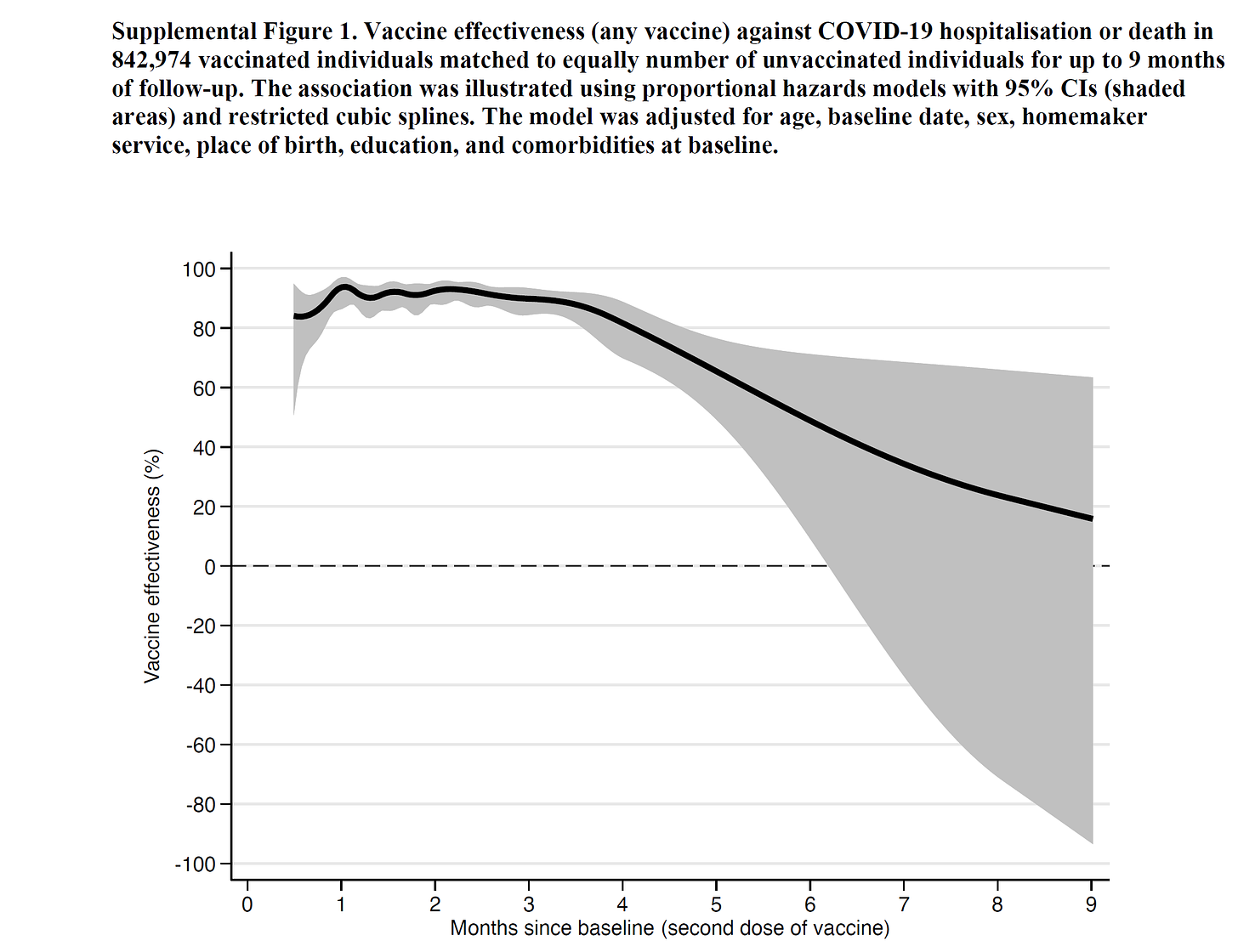telling the truth in the age of sponsored science
telling the truth in the age of sponsored science
why so many scientific studies refute their own conclusions
the map is not the terrain.
the abstract is not the study.
in the age of government sponsored science driven by grants, sinecure, and sponsorship, scientists face a difficult set of choices.
they must, if they wish to continue receiving the largess of the gold-givers toe the party line of state or commercially sponsored science. he who has paid the piper demands to call the tune and producing work that does not suit “the narrative” is career suicide. your funding will dry up. so may your position, your prospects for advancement, and even your tenure. you will not be asked to join committees, interviewed for articles, citied, or supported. you may be outright attacked. i discuss this in more depth HERE.
but scientists also face another constraint: they need to be accurate. they need to run good experiments, collect good data, and relay it faithfully. if they do not, they will get called out and revealed as incompetents or frauds. this too will end one’s career as it means that not only are you doing no useful work (apart from to propogandists) but will reveal that you have sold out integrity for lucre and that is the end of peers taking you seriously. you play for team lysenko now.
the need to thread this needle and appease and please both demands has led to an odd practice:
many times, the claims made in the abstract or in the conclusions are not supported by the actual data.
i know this sounds a little bizarre, but as someone who reads perhaps 1000 such papers a year, allow me to assure you, it is stunningly common in any politically loaded sphere. (and you would be amazed how many are politically loaded. it need not be government pushing it. watching geneticists tie their conclusions in knots to claim that you can breed horses for speed and endurance or dogs for intelligence but that of course there is no such thing as eugenics in humans because that would be unspeakable despite your having just proved that there is in fact, eugenics in humans is really quite something. they go to astounding lengths in the introductions of their books to disavow what they are about to prove.)
this odd compromise sort of works, but mostly, it doesn’t.
it gives those who fund studies and the journals who curate them for ideological purity their bone. the abstract says “X means Y.” this is what they want for the press releases and for waving around.
it also puts the actual data out into the world. this is what researchers, both those who did the work and those who will read it in detail, actually need. they can see the facts and will not be gulled in by the claims in the conclusion as they are adept at drawing their own conclusions.
this leads to the weird outcome of the public and the politicians frequently having one idea about what a study says and the experts in the field having more or less the opposite take.
the “experts” all know what the data means and why they are not allowed to say it. it works a bit like the foils used by renaissance dialogue writers to ape at being fools while presenting the actual case being made while the “authorities” presented the “narrative” and were made fools of by those able to read between the lines.
in the age of the internet, this sets up a bizarre and deeply frustrating conflict: those who can and do really read studies are constantly having to pick them apart and explain to the “google and spam” crowd who just selectively confirm their biases and skim the lead paragraph of a study why the study they just cited does not, in fact, say what they are claiming it does.
and, of course, trying to convince someone that the authors deliberately misstated the facts in the summary is like trying to teach a new trick to the very oldest of dogs. they are just not having it.
this has created a rancorous and dangerously stupid level of debate and an impossible burden for any one individual to carry. it takes 10 seconds to search, skim, and spam with a study you never read and start yelling “peer review!” over and over as if that means something.
it can take hours to pick the study apart and see if it really does support the conclusions stated in the summary and then hours more to convince someone who has not even read it (and probably does not know how). that’s unwinnable. it’s like sisyphus getting and additional rock to push back up the hill every time he reaches the top. pretty soon it’s 20 boulders and nothing is going anywhere.
fortunately, the internet age has produced a large group of folks interested in picking these studies apart and publishing their takes. and we form communities and help one another. so no one has to do ALL the work when the CDC publishes yet more self refuting “wave around” data.
this is, in fact, what real peer review is. it’s supposed to be hostile and to pick holes.
the upshot here is that you should be very careful taking studies you have not actually read at face value.
you need to read them. thoroughly. waving them around as if you did when you have not is a recipe for being wrong.
let’s take a simple and straightforward recent example:
this article is being used to push boosters. this is because the authors said this: t
i have not spoken to them. perhaps they believe this, perhaps they do not but felt they had to say it or be pariahs. i have no special insight there. but i can read data.
so let’s see what the data says.
this was a big study, but also a retrospective study with post facto matching. the matching was by age, sex, and municipality. it is tainted by the ever present “we counted no one as vaccinated until 14 days post dose 2” issue which will inevitably deeply favor vaccine efficacy through a mathematical rig job (especially in the short run) and can even produce it from zero VE and looks to have had large effects in canadian data.
so we have some ingrained bayesian issues with our cohorts that may inject serious bias toward making vaccines look effective.
the data itself was rendered quite challenging to read. (heavy text, few graphics)
it was also truncated in a somewhat misleading fashion.
if you read it closely, you’ll see that even the longest follow ups on infection data were lumped after 210 days, several were 180 (before it really gets bad) others were 120.
this is just typical bayesian datacrime and presentation bias as we’ve seen so many times before. and it does not really speak to the interesting issue of “are the vaccines preventing severity?”
this is, in fact, omitted from the study. but they did collect the data, they just made it REALLY difficult to find. you need to go HERE to the supplemental materials page. you then need to download the actual PDF as the data is not on the webpage. then you need to go to the very last page of that supplement.
those who do so (and i’m guessing we’re down to a very few folks by then) will be rewarded with this graph:
and this one has profound and powerful implications.
it shows that efficacy against severe outcomes like hospitalization and death also wanes very rapidly
it shows that this efficacy keeps waning over time
it shows that it could easily be strongly negative based on the huge downside bias to the error range (gray shaded area)
and it shows that this data is of very low quality in terms of error magnitude.
at 9 months, midline expectation is ~15% reduction. (i’m eyeballing) but look at the confidence interval: it runs from (ballpark) +63% to -90%. that is not a useful range upon which to base anything. it implies that there is a very strong chance that vaccination is associated with greatly increased risk of severe outcomes for a great many people.
this pattern implies that boosters are likely, at best, a treadmill that will need constant refreshing, likely 3X a year or so, if you want to sustain efficacy. vaccine fade after 4 months degrades rapidly. (and frankly, the first 4 could well be an illusory halo generated by the dose 2 +14 vaccinated definition as linked above)
given the adverse events profile and the lack of severity of omicron this seems a truly odious proposition that looks likely to fail for most people on any sort or risk/benefit analysis. it is telling that the researchers here did not even attempt to take risk reward into account before claiming:
“The results strengthen the evidence-based rationale for administration of a third vaccine dose as a booster.”
what is also telling is the other part of the data required to make this claim:
do boosters work? do they refresh clinical immunity and mitigate severity? could they ever have done so and is this data even relevant with the emergence of omicron that seems to be at least an escape variant and far more likely a full blown hoskins effect/OAS variant that is enhanced, not mitigated by the vaccines.
because the evidence there looks quite persuasive that they do not.
note that all this data is from before oct 4th 2021, so it has no omicron impact whatsoever in it. claiming it bolsters the case for boosters without presenting evidence of booster efficacy on this new variant makes their claim feel like a rote bolt on, placed there to mollify and placate patrons and authorities.
there is absolutely no data here to validate that point.
the study does not even speak to the data that would be needed to make such a claim.
“efficacy wanes, so boost” is not a valid argument unless we know that boosters work, yet any evidence that boosters actually do anything to help is absent and all past data shows such rapid fade on efficacy vs severity as to make boosters a poor appearing proposition.
there is no data whatsoever on the new variant.
and boosters are sure not seeming to help in the UK. omi is driving rates of infection in the boosted at roughly double the rate of the unvaxxed.
the swedish study uses possibly irrelevant data and not only fails to prove out the ostensible interpretation, but winds up far more consistent with the conclusion that boosters are a waste of time and will provide ephemeral, at best, protection.
having seen this, go back and read the “interpretation” again.
now do you see my point about “the abstract says one thing while the data says another?”
i mean, they literally buried the lede at the very end of a hard to find supplement. it’s like putting the actual object of a video game inside of an easter egg.
most vexing, this easter egg also shows that vaccines may be making immunity to severe covid outcomes significantly worse.
call me mister suspicious, but i have a hunch that’s WHY they put it there.
let’s explore that a bit further:
what would be REALLY interesting is to see how this population distribution looks.
if it barbells then we likely have a serious confound going on. we really have no idea what the prior incidence of covid was in those who got vaccinated. one could expect it to be quite meaningful.
if vaccines look like they are working well in some and are strongly negative in others with not much in the middle (this is suggested but not proven by the skew in the confidence interval) then i would posit that the mostly likely explanation is that what look like VE is actually naturally acquired immunity.
if you had covid then got vaxxed, vaccines look like they work, especially as the high risk groups got vaxxed more and these same groups likely had higher risk of prior infection. this gets magnified by the 2 week worry window of TLR suppression post vaccination that results in well documented decreases in immune function and a doubling of the rate of covid contraction in that period vs unvaxxed.
but if you got vaxxed without having had covid, it could be acting as an immunosuppressant or driving hoskins effect/OAS antigenic fixation that makes you more vulnerable.
this, along with all cause deaths in vaxxed vs unvaxxed measured from the moment you got your first jab is some data i’d really like to see.
it’s continuing non-availability certainly frustrating and likely telling. this data absolutely exists.
why we are not getting to see it is fast becoming a question too big to ignore.









Comments
Post a Comment